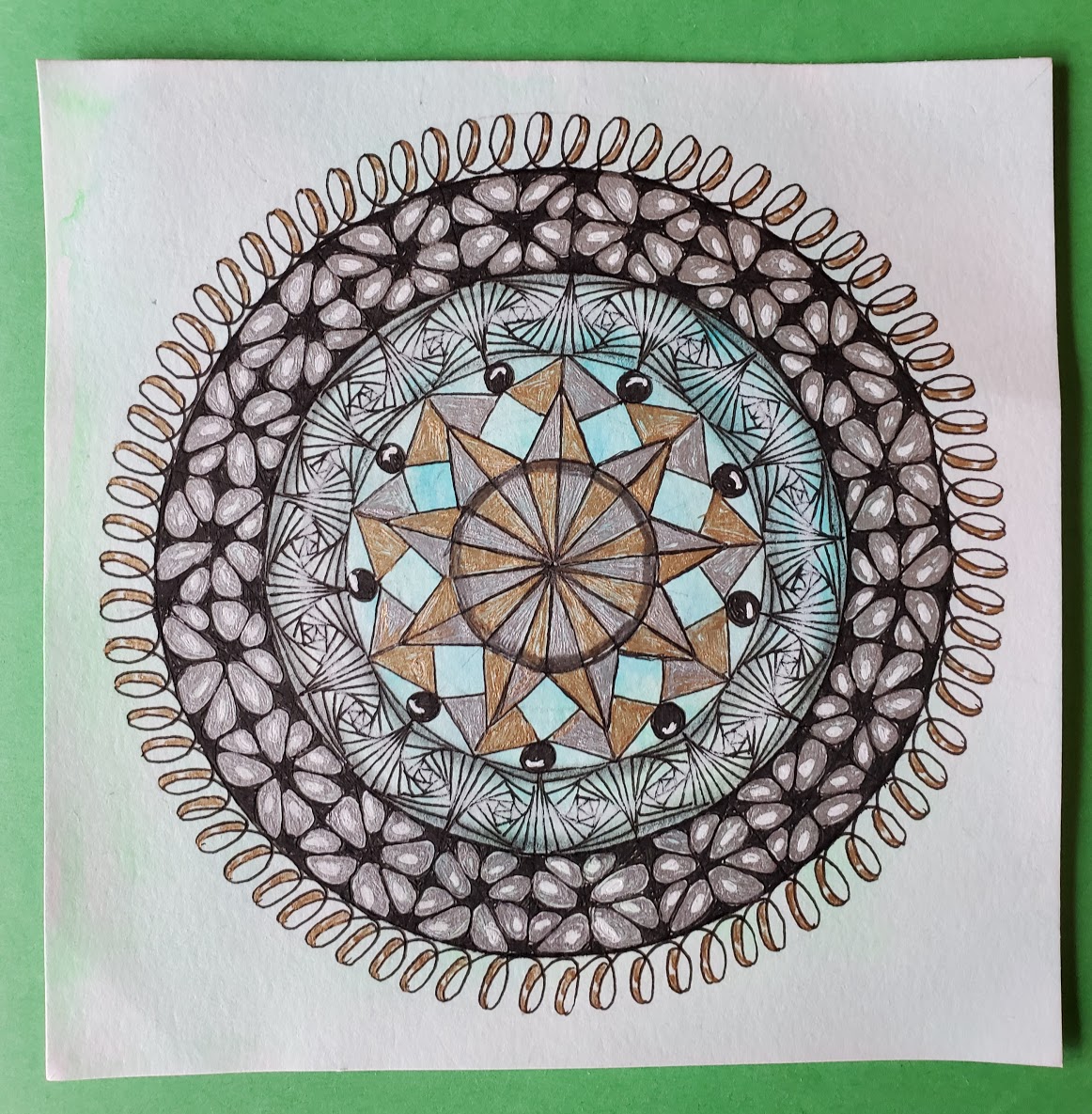Slinky: A Boomeresque Tangle
When I was a child, not only couldn’t we entertain ourselves with I-Pads, we even had to watch a TV show when it was actually being broadcast. In my family, we were allowed to watch one half hour “educational” TV show after school. The rest of the time, we could read actual books, do our […]

When I was a child, not only couldn’t we entertain ourselves with I-Pads, we even had to watch a TV show when it was actually being broadcast. In my family, we were allowed to watch one half hour “educational” TV show after school. The rest of the time, we could read actual books, do our homework, ride our bikes, and play with toys. (I know some of you rolled your eyes and thought “O.K., Boomer” as soon as you read, “When I was a child….”)
During my childhood, some of our “toys” were pretty simple. When our sons were young, they learned some of their first “bad words” thanks to their parents (i.e. Mr. and Mrs. Excitement) hopping on one leg while saying things like *&$^ or $&##@**%& after stepping on a Lego piece barefooted. We could elicit similar howls from our parents because we played with jacks, diabolical little pieces of spiky metal. We could also entertain ourselves with less lethal playthings; for example, Slinkys—basically, a metal coil.

One of the more fun things to do with a Slinky was to make it “walk” down a flight of stairs. (Credit: Wikimedia, Roger DeLassus, CC Lic. 3.0)
As a native Philadelphian, I was interested to learn that the Slinky was developed by Richard James, a naval mechanical engineer working at a Philadelphia naval shipyard during the Second World War. His job was to develop springs to stabilize ship instruments in rough seas. As with the antibiotic penicillin that was “discovered” when scientist Alexander Fleming accidentally contaminated a petri dish of bacteria with a mold, Mr. James “discovered” the idea for the Slinky when he accidentally knocked a nautical spring off a shelf at work and watched it “walk” across the floor. (Of course, I’m not equating the importance to humankind of penicillin and the Slinky, just the accidental nature of their discoveries.)
While idly “tangling” recently, I realized that one of the patterns I was using reminded me of my childhood Slinky. I searched all the tangles in TanglePatterns.com and did not find that this tangle had been deconstructed and published. If it has been published elsewhere with a different name, let me know, but I find it useful, especially for borders, so I thought it was worth sharing. It is also fairly uncomplicated and there are many some days when uncomplicated is about all I can manage. It can be illustrated in only 4 steps, so I think it comports with the requirements for use with the Zentangle method.
method.
Here are the Slinky “step outs” with some examples of how I’ve used it.
Here I’ve used it as the border in a zendala (mandala):
Here are the other tangles I’ve published on Boomeresque: Phirst, Segundo, Tercero, Aurabead, Aloha, Spearator, Springish, Spangles, Dinoflor, and Shorely.
Try some of the Hump Day Zentangle Challenges on Facebook. I’d be happy to add you to the group.
Copyright notice: You are free to “pin” these step outs to your or another’s Pinterest account as long as you link back to this post which will happen automatically if you pin from here. You may print these steps outs with attribution for non-commercial use. If you wish to use these steps commercially, please contact me.

 vigna
vigna 







